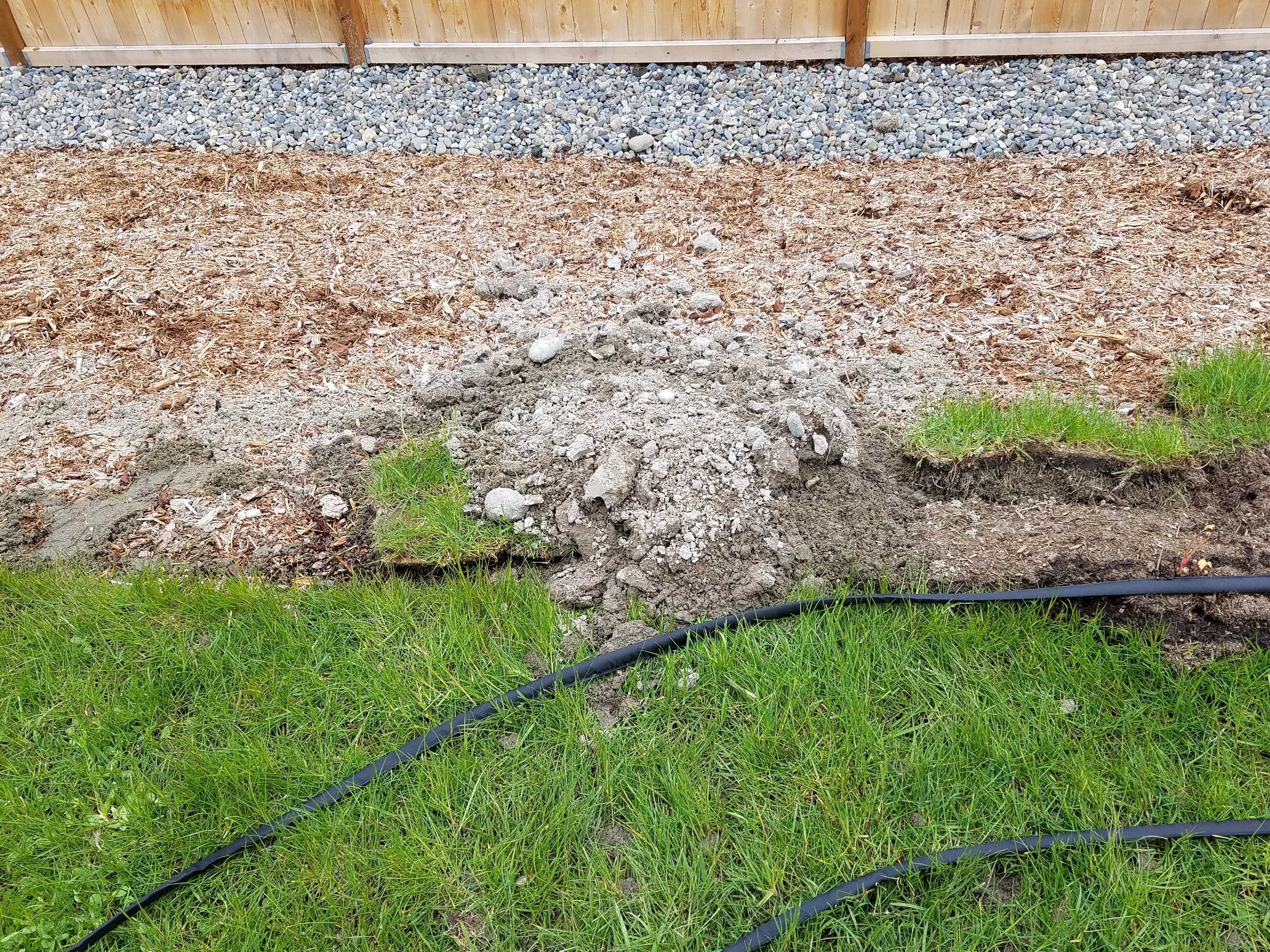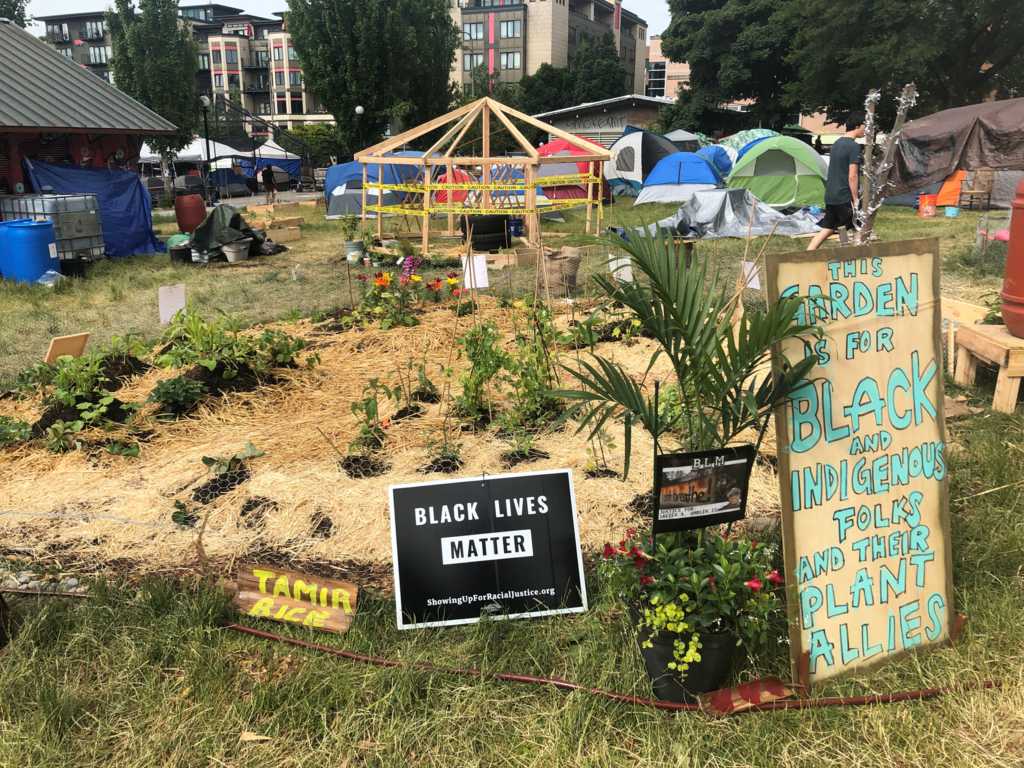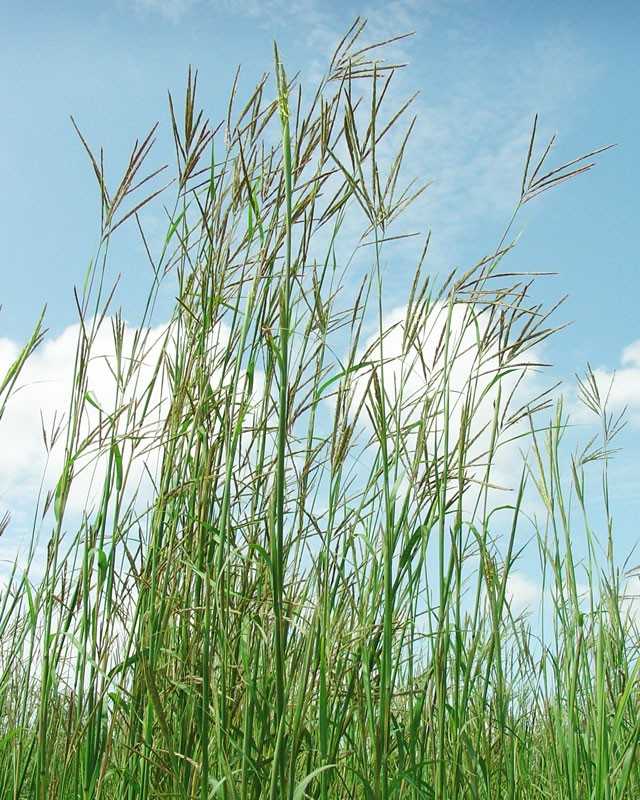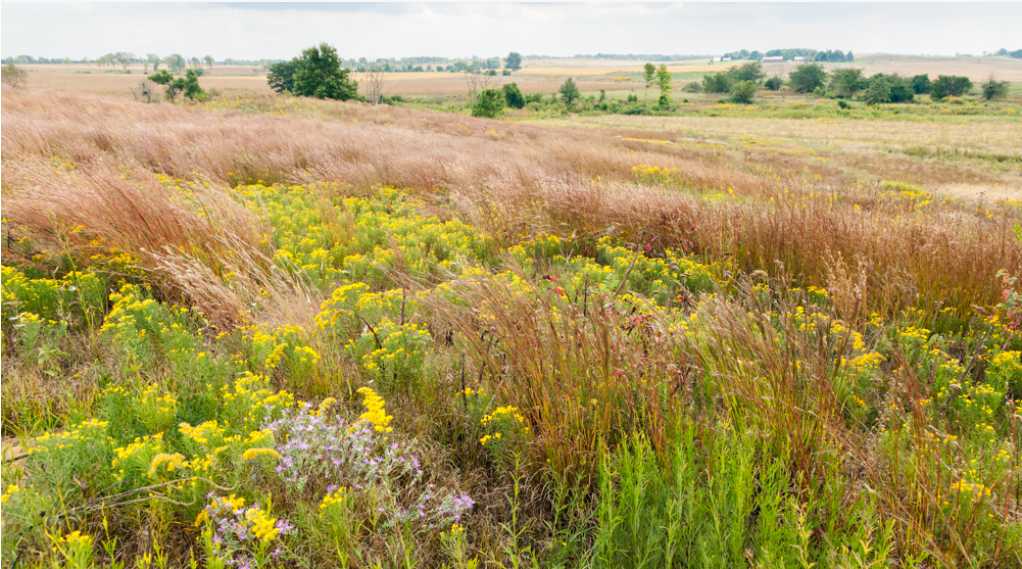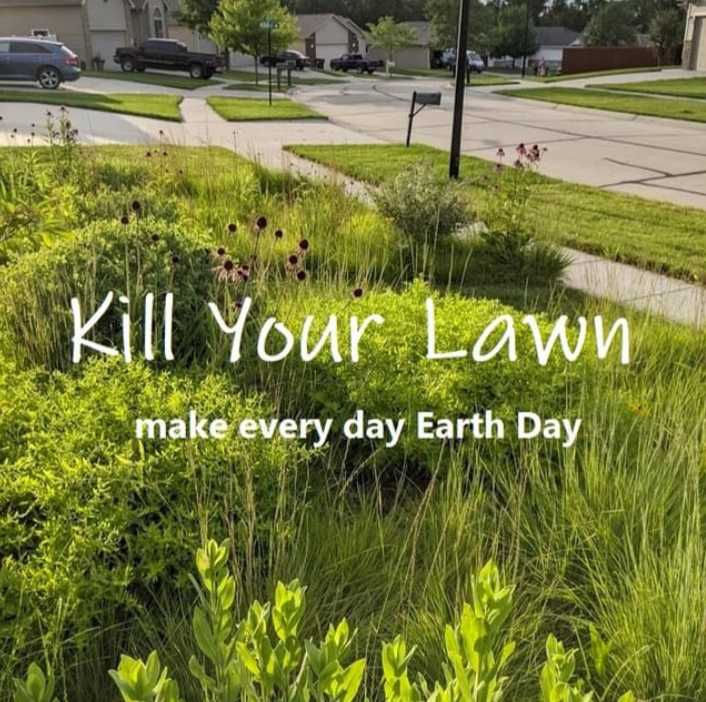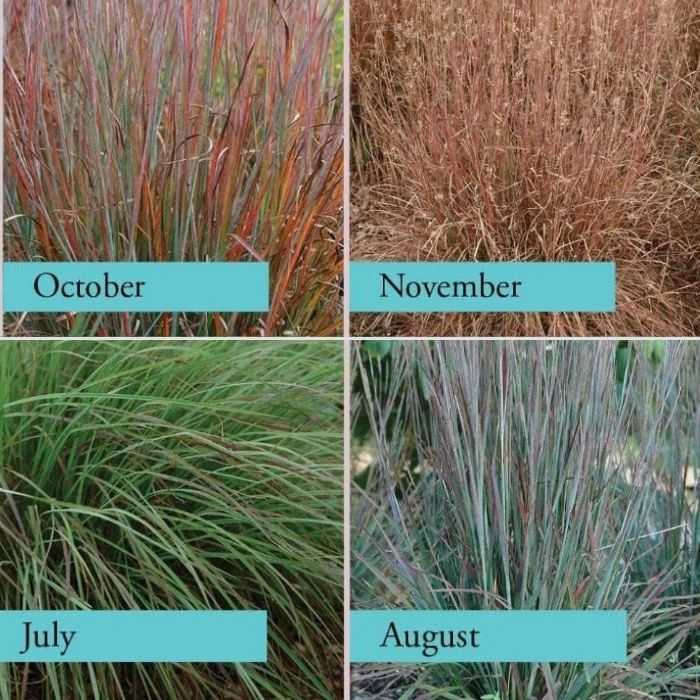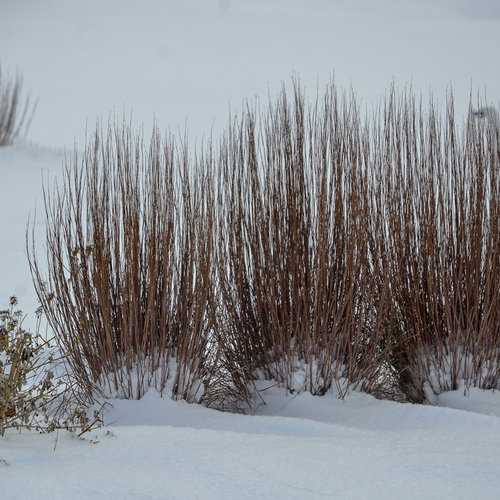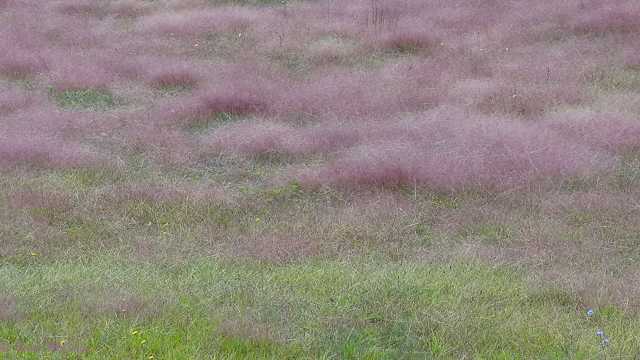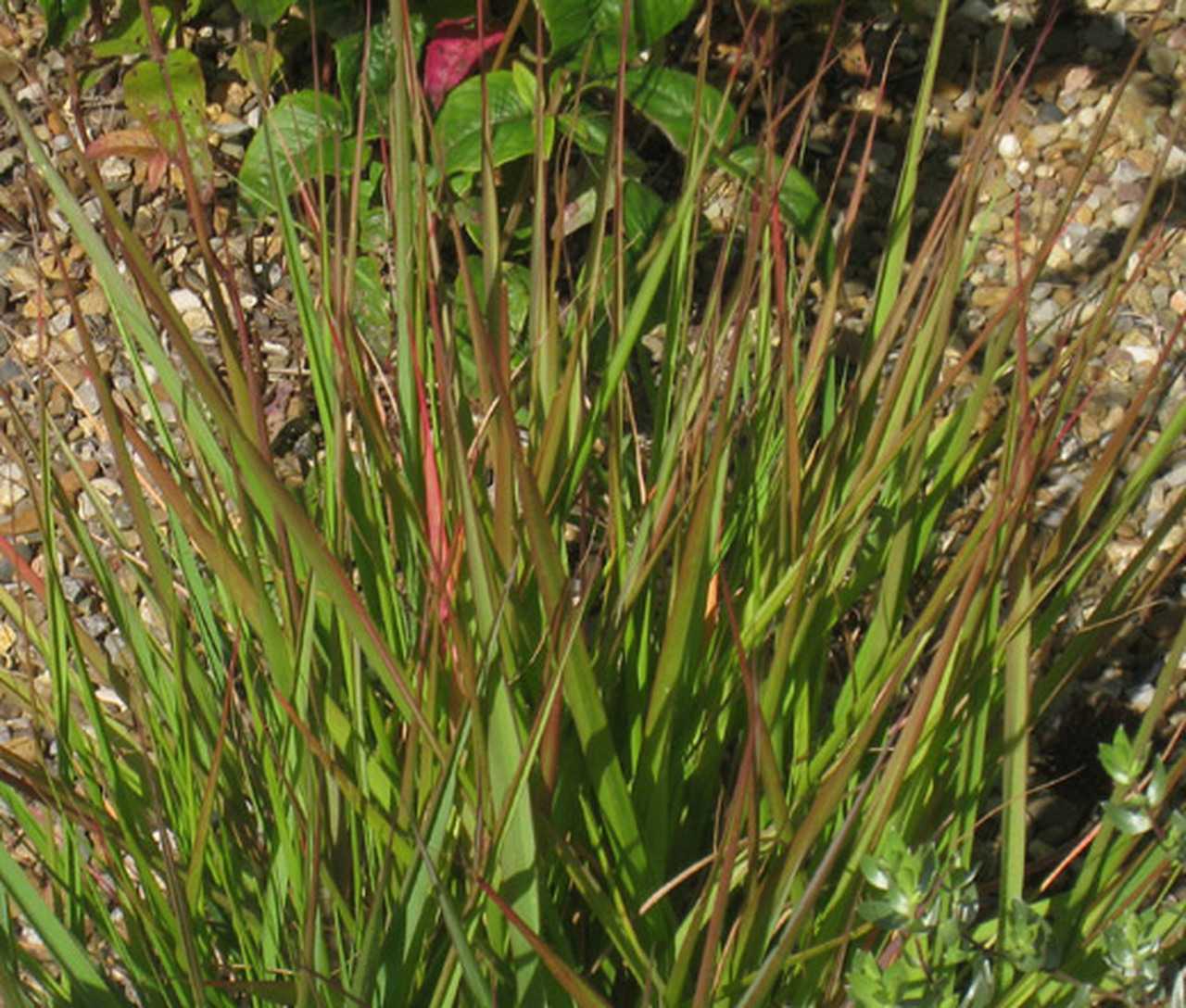Macrobius
Megaphoron
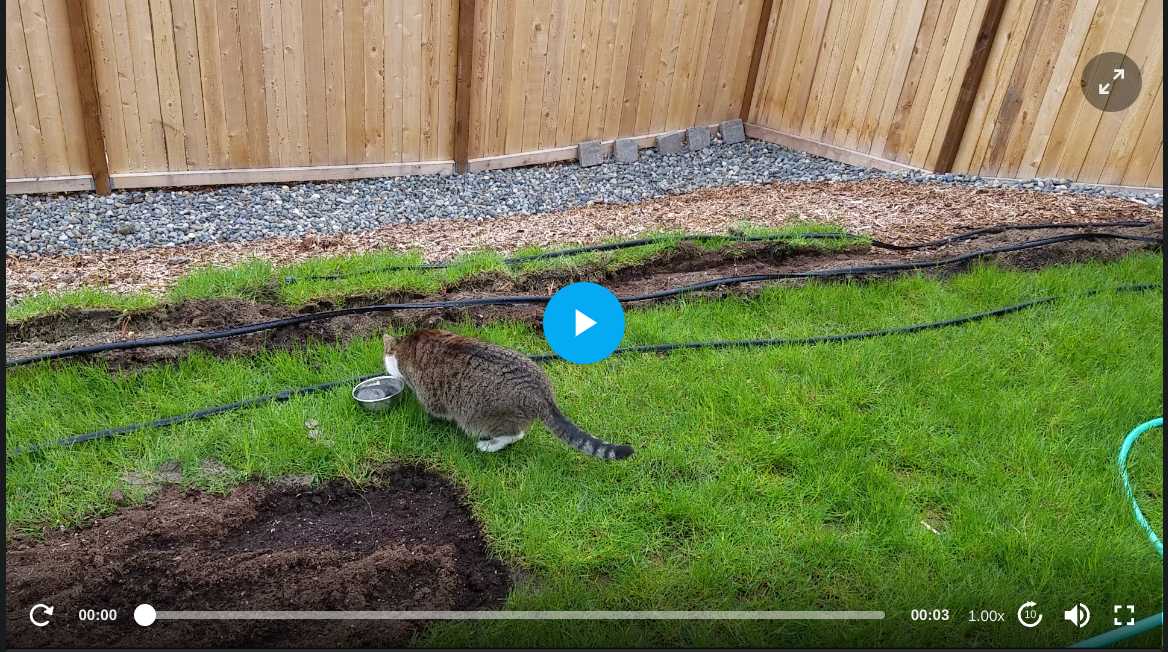

20220523_073952
Foxy v soaker hose. She's interested in the bird bath but smarter than her brother and refuses to drink from it. I dumped the water and set it up to catch drips from the soaker hose so it would double as an irrig
Foxy v soaker hose. She's interested in the bird bath but smarter than her brother and refuses to drink from it. I dumped the water and set it up to catch drips from the soaker hose so it would double as an irrigation gauge and a bird bath.
In the background we are experimenting with some strawberries, and in the foreground I cut out a strip of sod that was failing anyway and filled the hole with 3 cu ft of garden/fertilizer mix. The substrate is this godawful mix of sand clay and smooth stone I suspect was dredged from some seashore location like Oyster Bay (just down the hill).
I'm going to try a small garden, half carrots and radishes (love sand) and half sand-tolerant herbs like sage, rosemary, and thyme.
I suspect we will spend years amending the soil here, one strip at a time... make a garden, then cut out the sod and move to the next strip.... SLASH AND GROW.
NOTE:
The downslope in the background is the best sun on the property except the front yard, but it is a north-facing slope so if we don't terrace it at least, it won't be worth bothering with. Because Solar Elevation. [1]
[1]: http://whigdev.com/white/index.php?threads/digital-prepping-when-will-the-sun-rise-or-set.3348/
Last edited:

